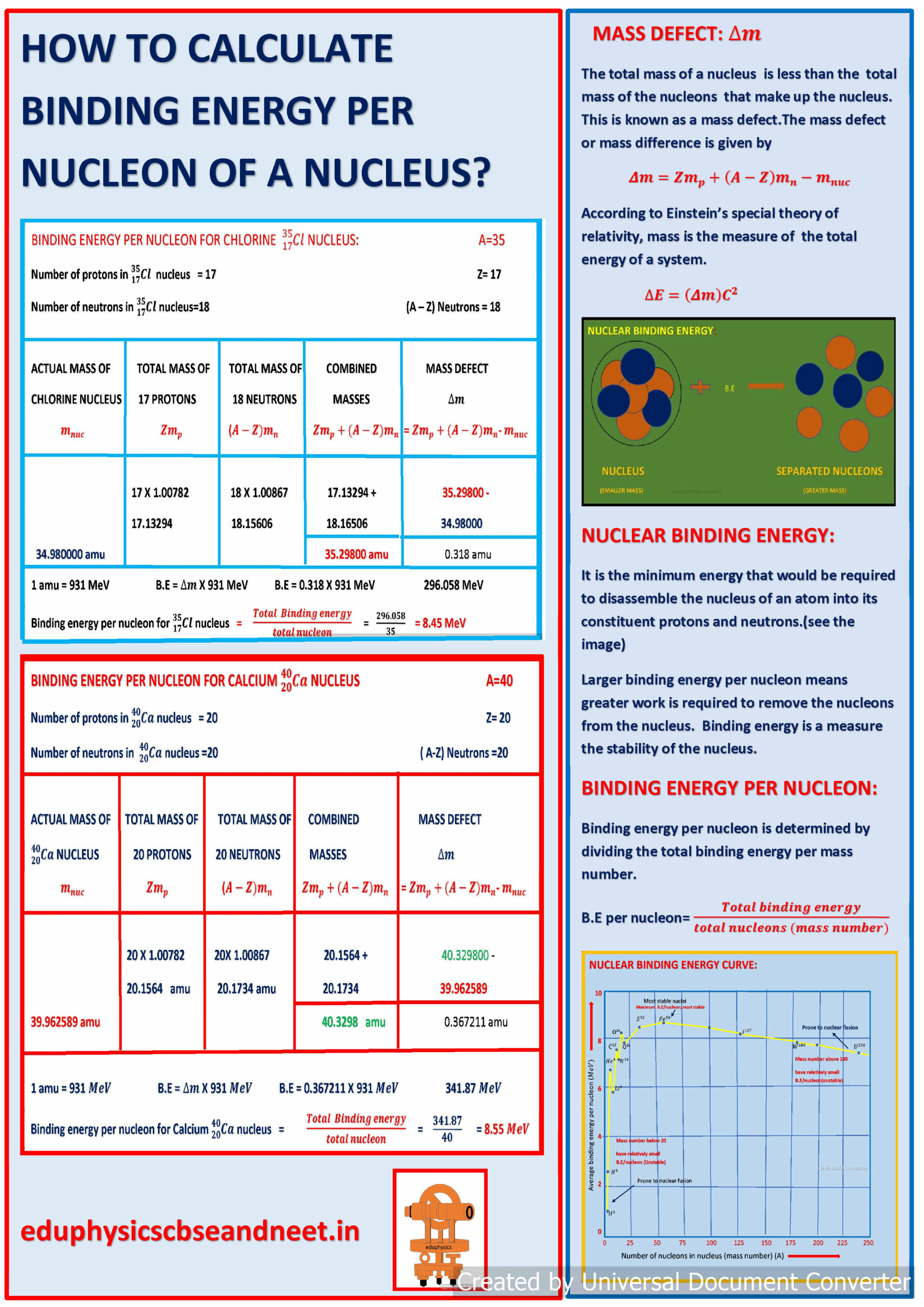The quest to understand the atomic structure has long enthralled scientists, prompting a profound evolution in the field of physics and chemistry. To comprehend how it was determined that atoms possess nuclei, one must explore a tapestry of scientific inquiry, experimental innovation, and theoretical insights spanning over a century.
Historically, the idea of the atom as an indivisible particle has its roots in ancient philosophical conjectures. Early thinkers like Democritus posited the existence of ‘atomos,’ indivisible units of matter, yet these were purely speculative notions. The advent of modern science propelled the atomic hypothesis into a more rigorous domain. The late 19th century heralded a wave of discoveries, particularly in the field of electromagnetism and radioactivity, that laid the groundwork for our modern understanding of atomic structure.
In the latter part of the 19th century, the discovery of the electron by J.J. Thomson marked a pivotal juncture in atomic theory. Using cathode ray tubes, Thomson demonstrated that atoms contained smaller, negatively charged particles. This revelation led to the Plum Pudding Model, which suggested that electrons were dispersed within a positively charged “soup.” However, this model lacked their defining structural placement and failed to logically account for subsequent experimental evidence.
The paradigm shifted dramatically with the work of Ernest Rutherford in 1911. Rutherford’s gold foil experiment, a hallmark of experimental physics, provided clear, striking evidence for the existence of the atomic nucleus. In this elegantly designed experiment, alpha particles were directed toward a thin foil of gold. According to the Plum Pudding Model, these particles should have passed through with minimal deflection. However, to Rutherford’s astonishment, a small fraction of the alpha particles were deflected at large angles, and some even rebounded directly backward.
Rutherford’s painstaking analysis of these deflections led to a revolutionary conclusion: atoms possess a concentrated core of positive charge, which he termed the nucleus. He postulated that the vast majority of an atom’s mass is located in this minute nucleus, while electrons orbit the nucleus at considerable distances. This conceptual leap radically transformed the scientific community’s understanding of atomic architecture.
While Rutherford’s work outlined the existence of the nucleus, it also beckoned further inquiries into its composition. Bohr’s model of the atom, developed shortly thereafter in 1913, integrated Rutherford’s nucleus with quantum theory. Niels Bohr meticulously delineated the orbits of electrons in shells around the nucleus, suggesting that elements were defined not merely by their atomic mass, but by the arrangement of electrons and their energy levels. Bohr’s postulates provided a framework that could explain the spectral lines observed when elements are exposed to energy, lending credence to the notion of a structured atomic nucleus surrounded by quantized electron shells.
As the scientific community advanced, the advent of particle physics in the mid-20th century further elucidated the internal composition of the nucleus. Through collisions of high-energy particles, physicists identified protons and neutrons, collectively called nucleons. This familial grouping bore significant implications: protons were understood to carry a positive charge while neutrons remained electrically neutral. Moreover, the introduction of quantum chromodynamics (QCD) unveiled a deeper layer of complexity, revealing the interactions between quarks — the fundamental particles making up protons and neutrons — held together by the strong force, mediated by gluons.
Furthermore, advancements in nuclear magnetic resonance (NMR) technologies and the application of radiative techniques enhanced the study of nuclear properties, allowing researchers to probe into nuclear spin and magnetic moments. These groundbreaking methodologies elevated our comprehension of atomic structure and the forces at play within the nucleus.
In tandem with theoretical advancements, experimental discoveries played an equally vital role. The advent of particle accelerators enabled scientists to probe deeper into the subatomic world. These high-energy collisions facilitated the discovery of various fundamental particles and resonances. The ongoing research into neutrinos, for instance, highlighted the variety and behavior of particles that interact via the weak nuclear force, defining the interplay between the atomic nuclei and their surrounding environments.
The amalgamation of Rutherford’s concept of the nucleus, Bohr’s quantized orbits, and the insights from particle physics not only affirmed that atoms have nuclei but also unveiled a remarkable universe at the atomic level. The knowledge gained has profound implications, ranging from the development of quantum mechanics and nuclear energy to the ongoing exploration of the cosmos.
In contemporary research, the curiosity surrounding atomic nuclei continues to be a fertile ground for inquiry. Investigations into dark matter, the behavior of neutron stars, and nuclear fusion reactions seek to uncover the fundamental principles governing the universe. Each discovery reaffirms the pertinency of the nucleus, illustrating that our scientific journey is not merely a retrospective examination of what we know, but a precursor to the uncharted territories yet to be explored.
In essence, the determination that atoms have nuclei was not merely an isolated discovery; it was an intellectual odyssey informed by relentless inquiry, innovative experimentation, and theoretical advancement spanning generations of scientists. This monumental insight is a testament to the transformative power of curiosity and the ever-evolving narrative of atomic theory that continues to intrigue and inform the scientific community today.












